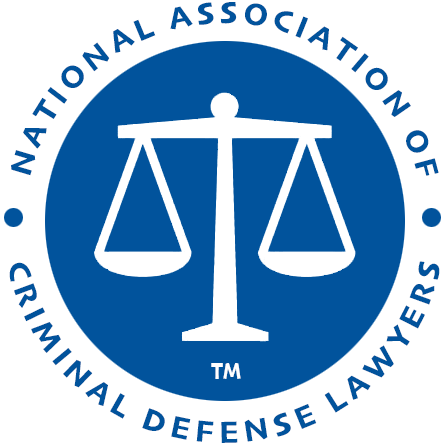
Washington, DC (March 8, 2021) – Today, the National Association of Criminal Defense Lawyers’ Corrections Committee released an important new online resource, "The State of Prison & Jail Communication Systems," as well as a separate manual, "How to Navigate the Federal Prison System." Given the ongoing COVID-19 pandemic, both the online interactive map and guide are especially crucial and timely resources for attorneys, family members of incarcerated individuals, and the public.
Compiled using survey data provided by more than 500 NACDL members hailing from almost every state in the nation, The State of Prison & Jail Communication Systems online interactive map provides detailed insights into prison and jail communications systems across the United States, with a special emphasis on lawyers’ ability to communicate with their clients confidentially. The interactive map resource is compiled by state, and each state section contains a breakdown of communications systems in the Bureau of Prisons as well as state-specific jails and prisons, and includes a description of the availability of phone, video, email, and in-person meetings, including whether those methods are recorded, monitored, or private. Each state section also contains a written digest of case law in the federal circuit in which it is located pertaining to attorney-client relationships and confidentiality.
"Attorney-client confidentiality, too often ignored and violated by jails and prisons in the United States, is critical to the delivery of effective assistance of counsel and indeed to any just criminal legal system," said NACDL President Chris Adams. "Compiled in part with NACDL’s own member-provided information, the interactive map and accompanying guide about navigating the federal system, are vital practice resources for attorneys across the country, and shed light on a troubling amount of monitoring of confidential attorney-client communications."
The online interactive map is accompanied by the "How to Navigate the Federal Prison System" manual, which is intended to assist attorneys and the general public in navigating the often-confusing federal incarceration machine. The manual covers housing, work, medical issues, programming, visitation, communications with family and counsel, and more from the pretrial, presentencing, and sentencing phases to post-sentencing, incarceration, and re-entry and release.
"The fact is, the federal prison system in general, and all jail and prison communication systems in particular, are extremely difficult to navigate for lawyers, their clients, and family members of incarcerated individuals," said NACDL Corrections Committee Chair Pat Cresta-Savage. "Our hope is that the interactive map resource and online manual will inform lawyers about varying degrees of intrusion into attorney-client confidentiality at prisons and jails across the country, and help them better navigate a system that can be almost impossible to address and is often stacked against defendants."
The Interactive State of Prison & Jail Communication Systems Map is a living resource, and gains value with each update regarding Prison and Jail Communication Systems. NACDL welcomes any and all updated information regarding changes to modes of communication, communication policies, court orders affecting client communications, and novel technological approaches to attorney-client communications. Feedback on the interactive map or on the "How to Navigate the Federal Prison System" manual can be added via this online form. Submissions will be periodically integrated and the Map updated to reflect relevant system information.
This project would not have been possible without the hard work of NACDL’s Corrections Committee and Public Defense Committee, and in particular the work of Public Defense Committee Vice Chair Gabriel Reyes. In addition, the Corrections Committee owes a debt of gratitude to Professor Meredith Rountree and her students at the Northwestern University Pritzker School of Law.
View the online resource and map here, and the manual here. Register for NACDL’s March 10, 2021 Engage & Exchange discussion to learn more about these new resources.
Madeline Sklar, Public Affairs and Communications Associate, (202) 465-7647 or msklar@nacdl.org.
The National Association of Criminal Defense Lawyers is the preeminent organization advancing the mission of the criminal defense bar to ensure justice and due process for persons accused of crime or wrongdoing. A professional bar association founded in 1958, NACDL's many thousands of direct members in 28 countries – and 90 state, provincial and local affiliate organizations totaling up to 40,000 attorneys – include private criminal defense lawyers, public defenders, military defense counsel, law professors and judges committed to preserving fairness and promoting a rational and humane criminal justice system.

